07 January, 2025
windows
Frequent window condensation can pose a real threat to household occupants. Let’s explore the causes of window condensation and how to prevent this phenomenon. For those in a hurry, brief answers to the most important questions are provided at the end of the text.

Persistent window condensation is a relatively rare phenomenon, but unfortunately, it has become increasingly common in recent years. The direct cause is always the same: relatively high humidity. However, there are several specific reasons for it:
In practice, more causes can be identified, and many of them may overlap. However, the culprit usually lies within the list above.
So, is window condensation a problem or a natural occurrence? The answer is both.
Air always contains water in a gaseous form, known as water vapour. At low temperatures, the air holds very little water, while warm air can hold much more. When the temperature of humid air drops, clouds form in the sky. Indoors, you won’t see clouds under the ceiling, but water will appear on cooler surfaces, such as bathroom mirrors or wall tiles. This is entirely natural and harmless—provided it doesn’t happen too frequently.
It’s useful to understand the concept of the dew point. This is the combination of air temperature and relative humidity at which water condenses into liquid form. The higher the air’s humidity, the higher the temperature at which condensation occurs. This is easily observed in a bathroom after a hot shower, or by glasses-wearers stepping from a warm house into a cold autumn or winter day.
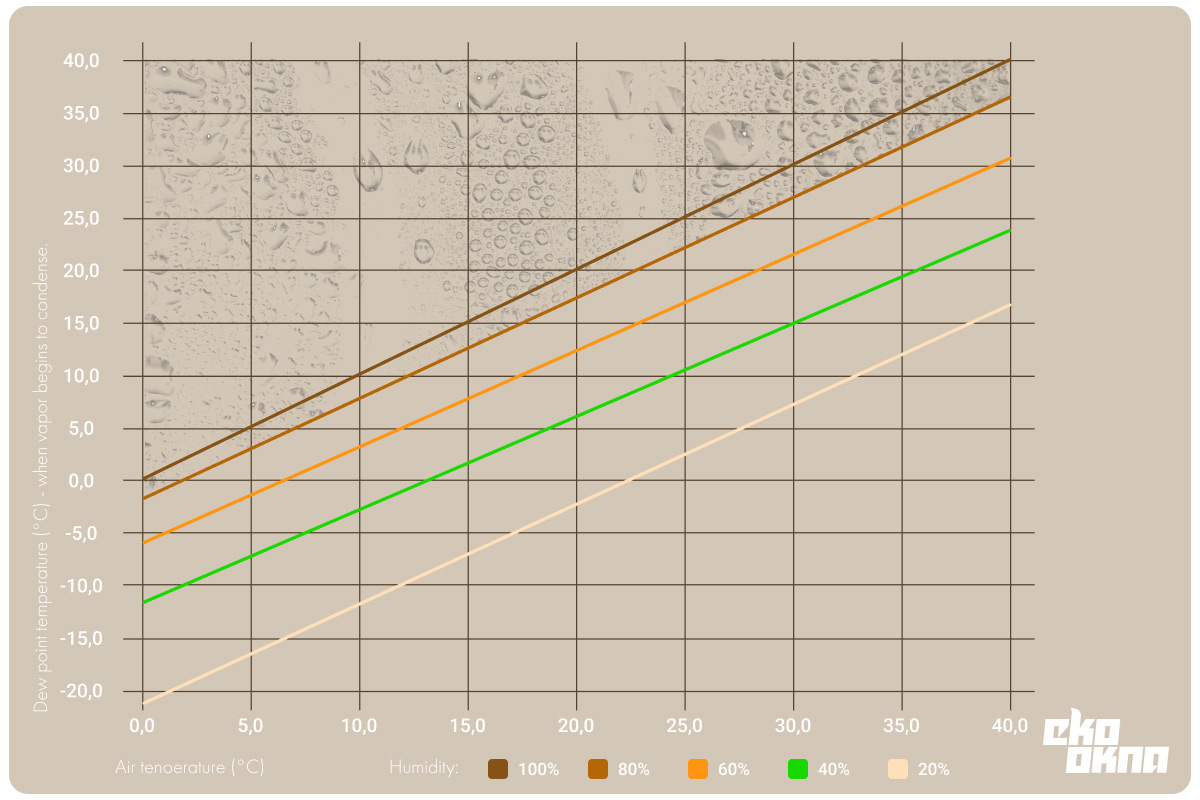
The temperature difference between the air and an object, such as a glass of cold drink, creates a situation where the dew point in the surrounding area differs from the object’s surface. The glass isn’t leaking—the water droplets on its surface are condensation from the surrounding air.
A low dew point often manifests on windows. Significant and regular window condensation can become a real issue, as excess water in our environment can lead to serious and harmful consequences.
The issue of window condensation can occur in three places:
Condensation on the outer surface is entirely insignificant for us. This often occurs in autumn when the sun is still strong, but the air is already cooler, causing moisture to form on the outside of the house. The water evaporates quickly, leaving no trace.
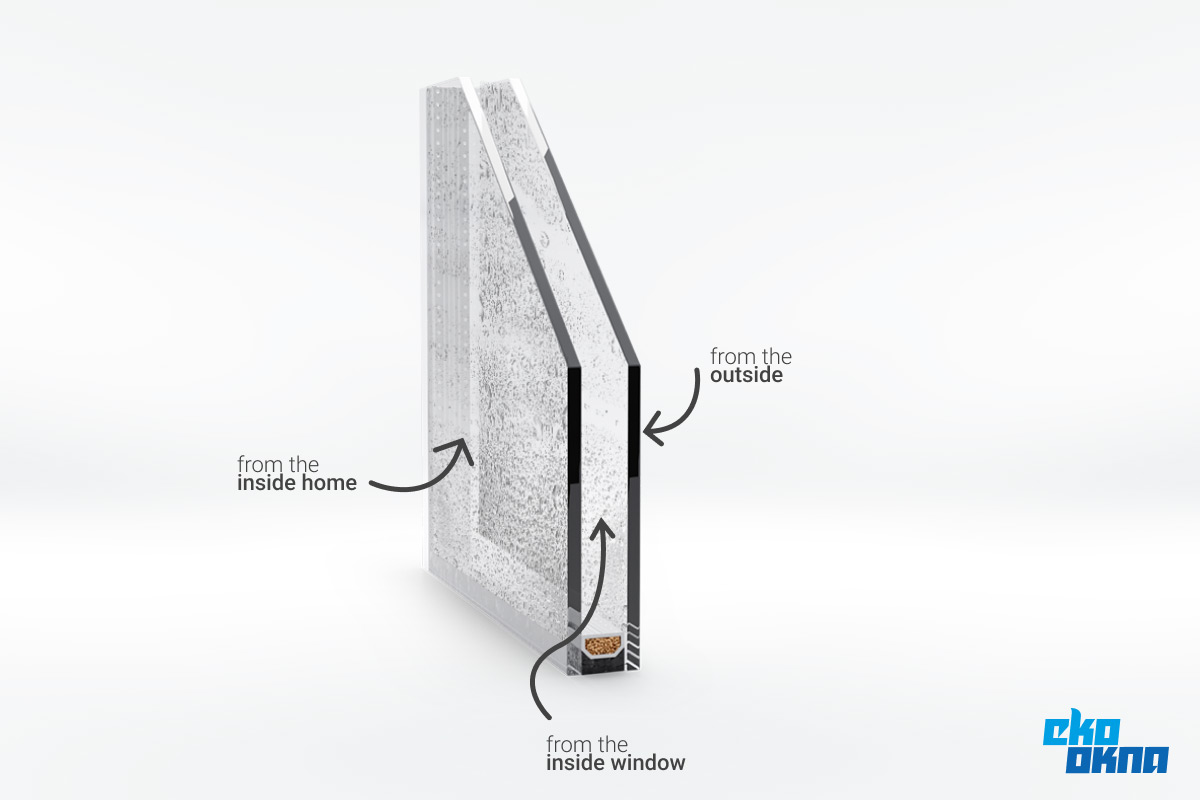
Water inside the space between panes, however, is a sign of glazing failure. The sealed space between the panes is no longer effectively airtight. This leads to a significant deterioration in the thermal and acoustic performance of the window, as well as its rapid degradation. This compromises indoor thermal comfort and damages the windows themselves.
If condensation forms on the inner surface of the glass, and water even drips down the pane, it can pose a health risk. Internal condensation often results in damp walls, creating perfect conditions for mould and mildew to grow. Their spores can trigger allergies and respiratory illnesses.
The problem also affects the windows and their surroundings, as seals degrade and walls sustain damage.
Windows fogged up on the inside should be an alarm signal for us, one that must lead to identifying the specific cause of this phenomenon. Once we know the cause, we can take the appropriate action.
Window condensation is often an unpleasant surprise that occurs after insulating a building or replacing windows. The source might be unexpected: the insulation and airtight windows themselves.
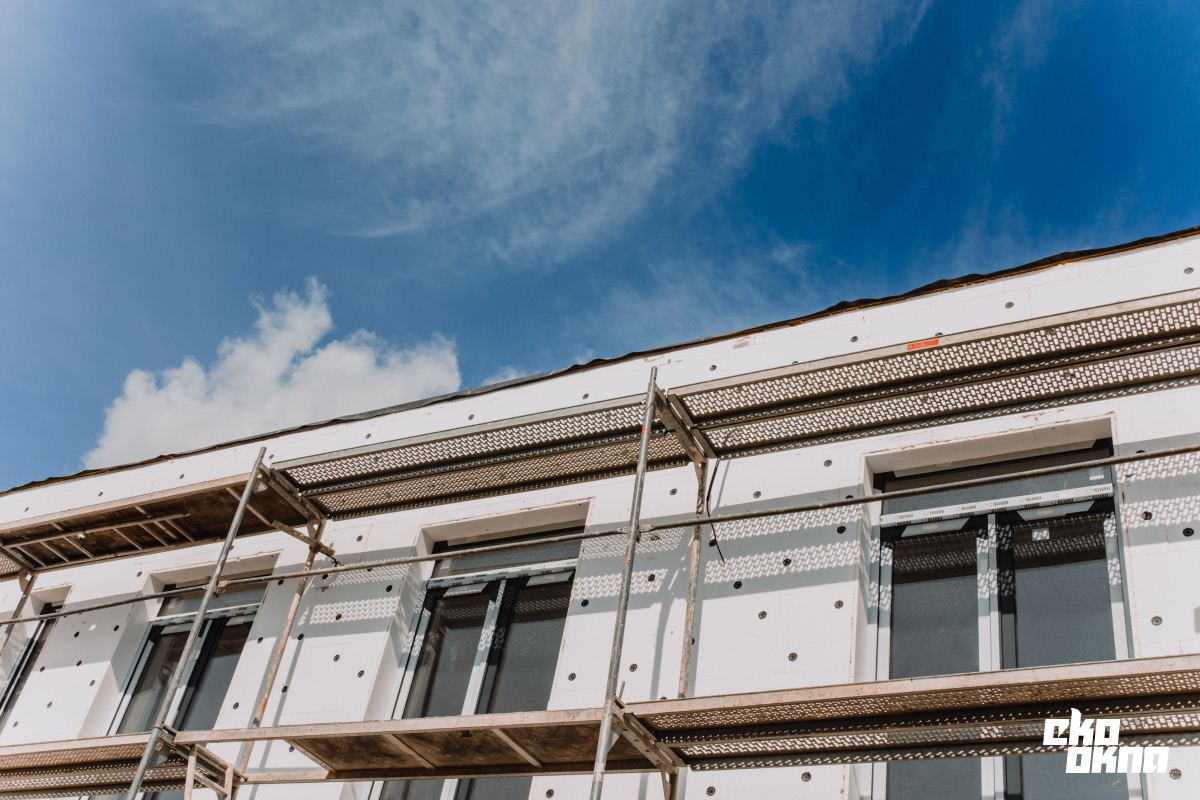
Effective ventilation is essential in any building to reduce humidity and maintain air freshness. Older houses often rely on gravitational ventilation, which, while inefficient, used to suffice. This was because draughty windows and doors supplemented it, and poor thermal insulation prevented interiors from becoming too warm. After insulation, the space suddenly becomes hot and stuffy.
Excessive humidity caused by poor ventilation becomes a pressing issue, especially when activities like cooking release large amounts of moisture into the air.
The solution is clear, though not always simple: improve air circulation. Completely overhauling a house's ventilation system may be unrealistic, but installing vents in windows or opting for frames with micro-ventilation features can help. You can also consider loosening window fittings to allow slight ventilation.
One of a window’s primary functions is to retain heat inside or, put simply, to keep cold air out. When addressing condensation, remember that high humidity is a relative measure: the lower the temperature, the less water is needed for air to reach saturation and start condensing. Windows that fail to perform their basic function will condense because they become cold.
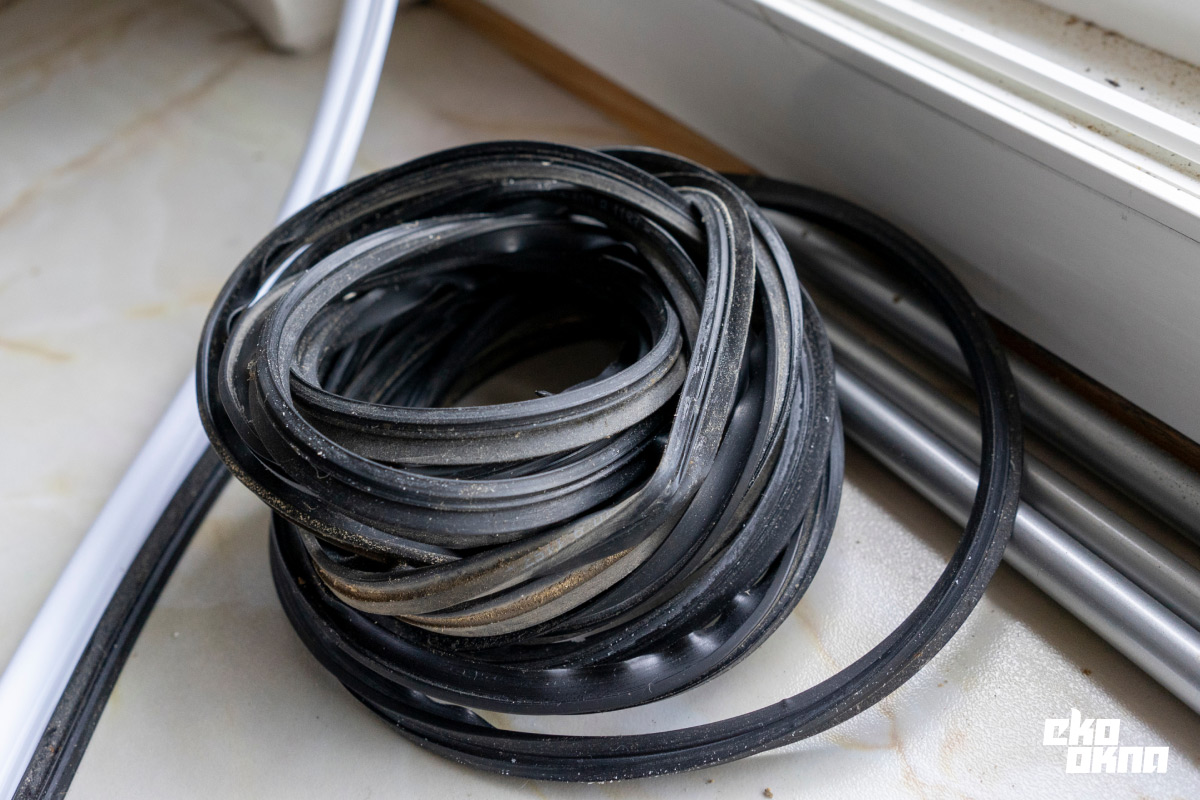
If a window’s temperature is significantly lower than its surroundings, condensation is inevitable. For older, inefficient windows, the only effective solution may be replacement.
In many cases, replacing worn seals can help. If seals have deteriorated, cold air seeps inside, cooling the glass and increasing condensation.
Condensation issues may also stem from faulty hardware, warped frames, poorly mounted panes, or other defects in the window itself.
If you live in a small flat and occasionally need to dry laundry indoors or prepare large meals during winter, it’s possible to reduce condensation but not eliminate it entirely. Physics is unchangeable, but we can use it to mitigate this unpleasant and potentially harmful phenomenon. Here’s what you can do:
Remember, window condensation is only a problem if it happens frequently and on a large scale. Occasional, light condensation forming a faint mist on the glass is unlikely to have any negative consequences.
Can you combat window condensation by purchasing the right windows? While it’s not a straightforward solution, window manufacturers are well aware of the issue and have worked on ways to address it. Choosing the right windows won’t make condensation disappear entirely, but it will help minimize and manage the problem. So, which windows should you choose?
The glass itself plays a crucial role in preventing condensation. Single-pane windows will constantly fog up, and even double-glazed windows tend to condense. Warm triple-glazed units, however, offer a much more reliable solution.
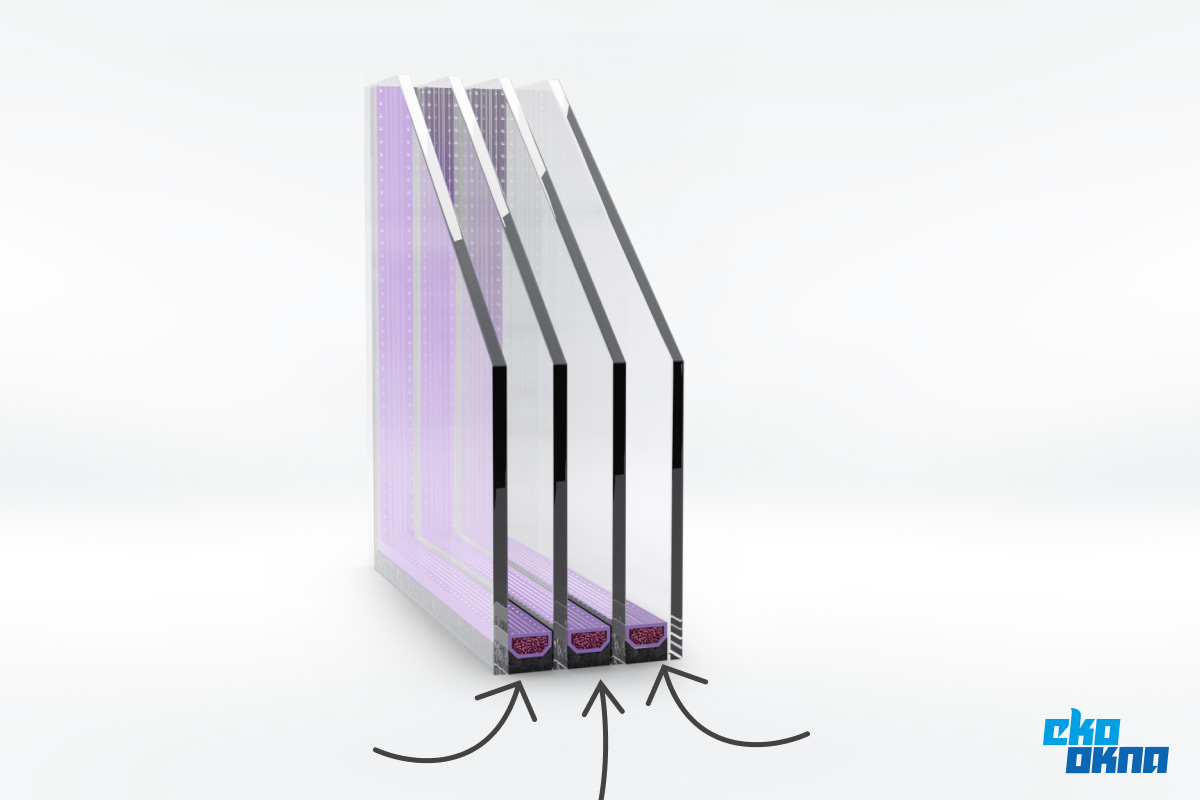
What does "warm” mean in this context? Without delving too deep into technical details, focus on two factors:
Window air vents, often found in multi-family housing, are an excellent way to improve ventilation in insulated buildings. There are various types of air vents, including:
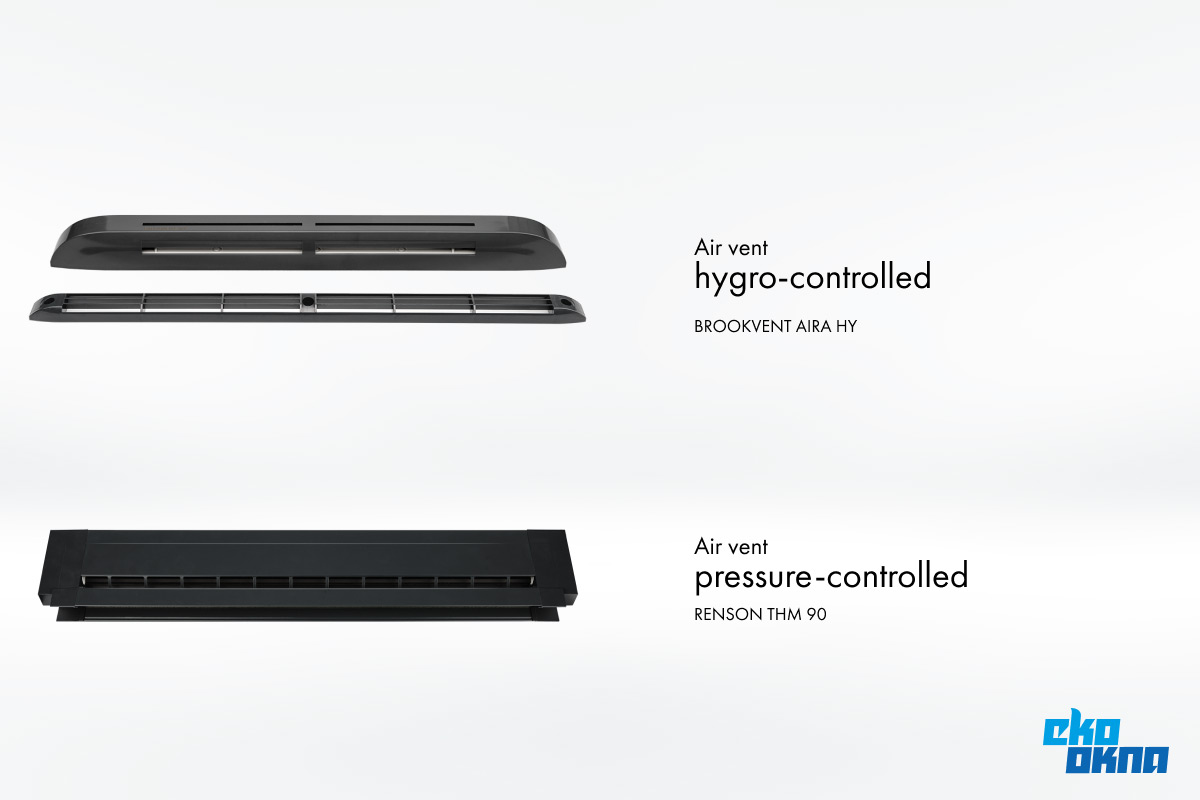
Each offers different benefits, but purely mechanical options are becoming less common. High-quality models now include features like dust and insect protection while maintaining energy efficiency. Particularly useful are self-regulating air vents, which, without relying on electronics, adapt to changing indoor conditions.
Traditional rubber seals lose their properties relatively quickly, even with proper care. In modern windows, synthetic rubber known as EPDM (ethylene propylene diene monomer) has become the preferred material. This substance is highly airtight, flexible, and significantly more resistant to wear over time.
Most modern windows are equipped with three EPDM seals, and these are the windows you should aim for.
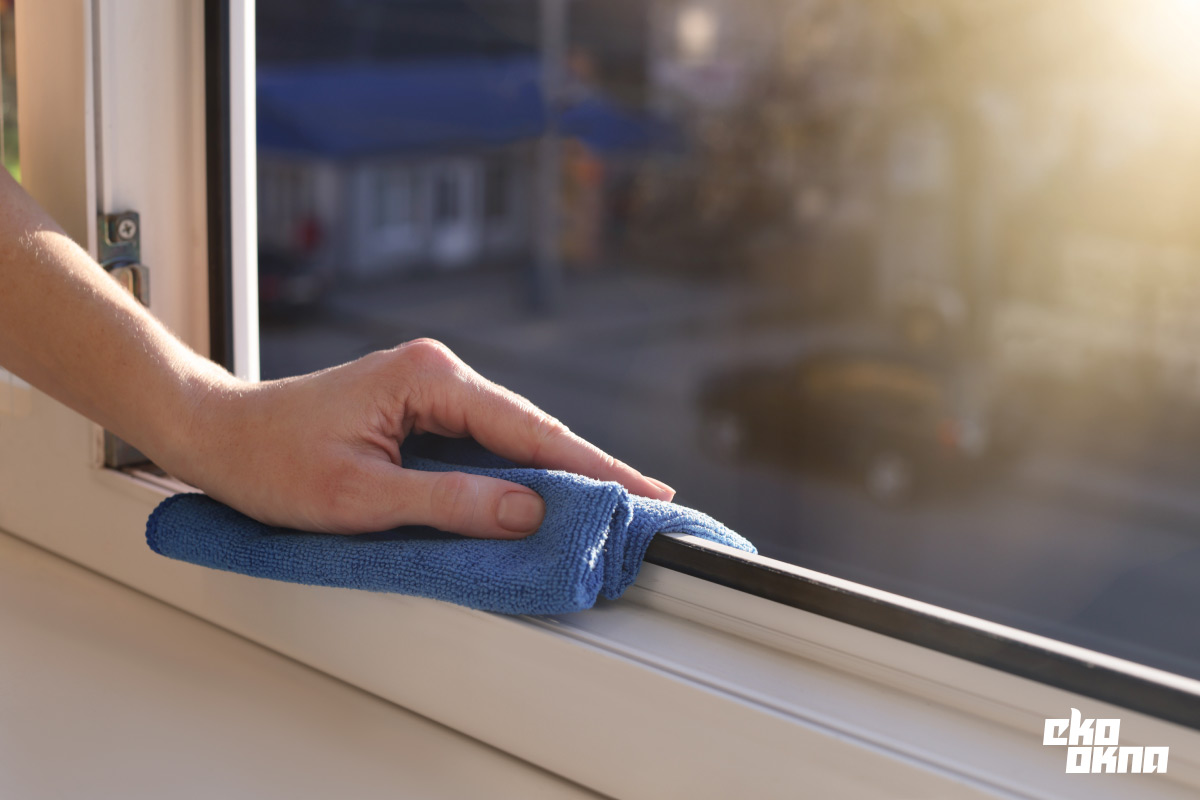
No, window condensation is a natural process governed by the laws of physics. It only becomes a concern when water regularly appears on the windows.
All windows condense occasionally—it’s normal. Paradoxically, very airtight and thermally efficient windows can even condense more frequently. If it happens regularly, the underlying cause should be investigated. Faulty windows may sometimes be to blame.
Windows with micro-ventilation aren’t necessarily better but offer added functionality. Micro-ventilation helps improve airflow and reduces the risk of condensation effectively.
Expensive windows aren’t always better at preventing condensation. In some cases, they can even exacerbate the issue, especially if the home's original design specified less efficient windows and you replaced them with higher-performance ones. It’s always a good idea to consult a window distributor or expert before deciding to upgrade your windows.

Hotline: +48 32 459 15 00 Contact for new business customers only. Connection fee in accordance with the operator`s price list.
E-mail: quoteuk@ekookna.com newclientuk@ekookna.com Contact for business customers only.
Eko-Okna S.A.
Kornice, ul. Spacerowa 4
47-480 Pietrowice Wielkie
NIP: 6391813241
KRS: 0000586067